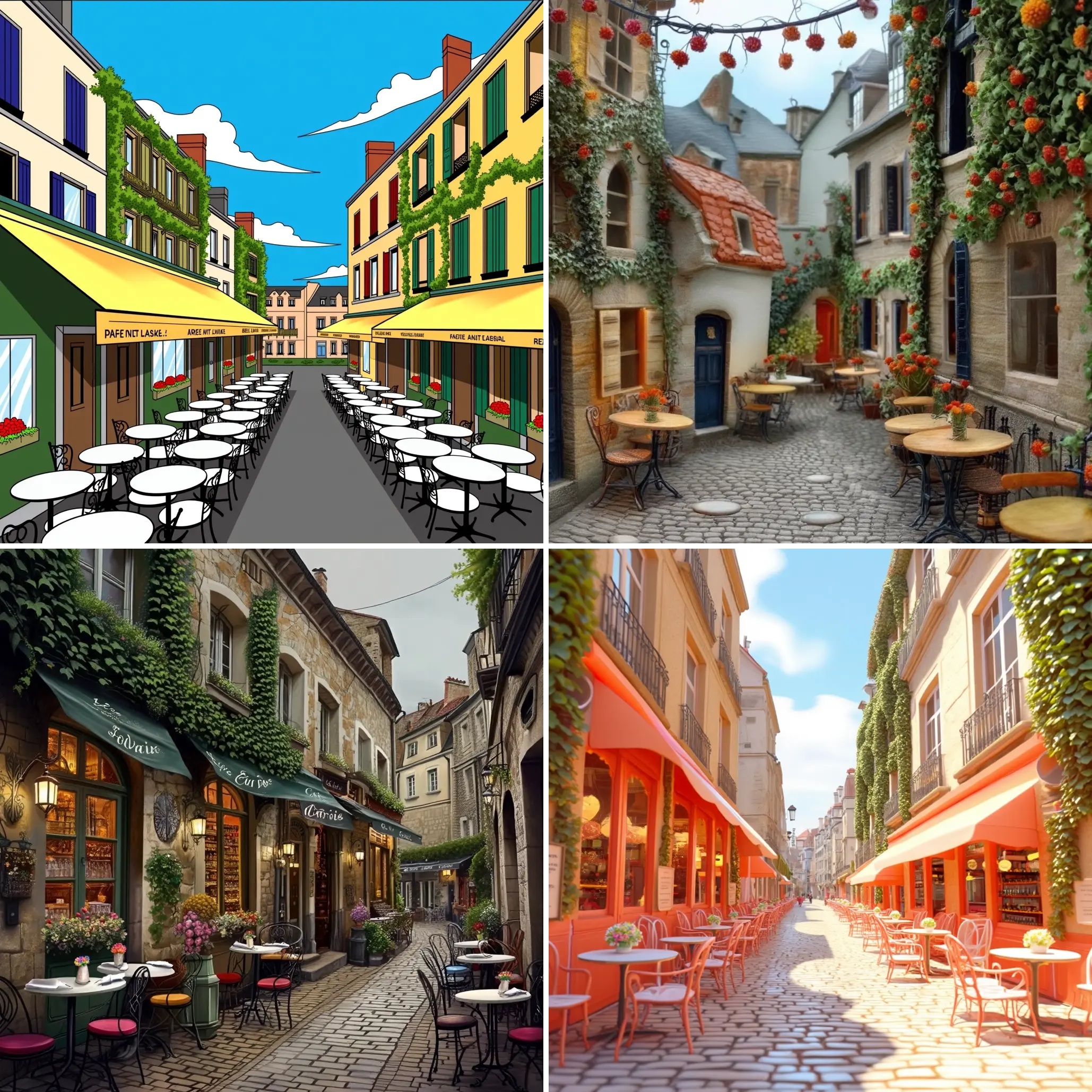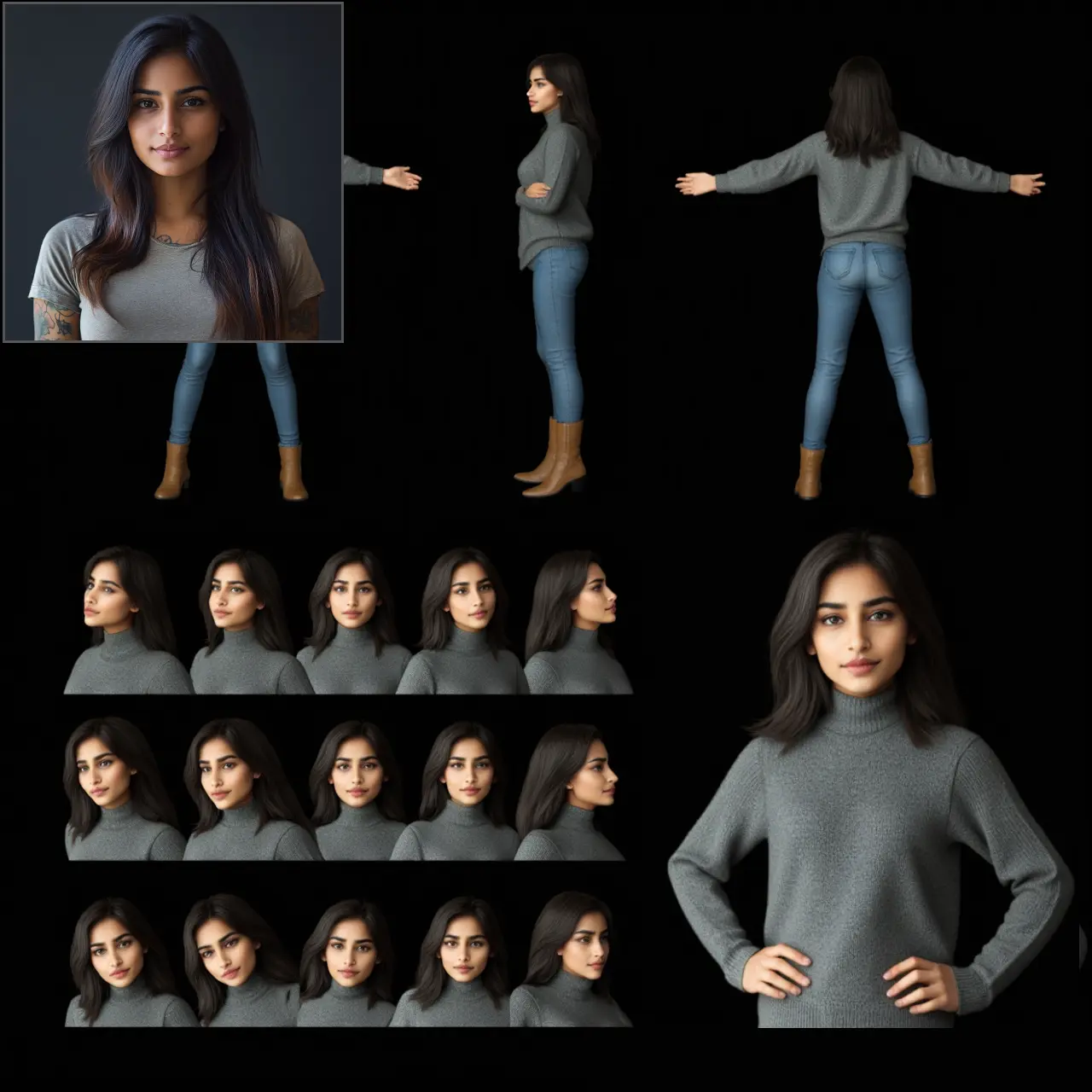ComfyUI Node: PowerPaint
PowerPaint
Categoryinpaint
How to Install BrushNet
Install this extension via the ComfyUI Manager by searching for BrushNet- 1. Click the Manager button in the main menu
- 2. Select Custom Nodes Manager button
- 3. Enter BrushNet in the search bar
Visit ComfyUI Online for ready-to-use ComfyUI environment
- Free trial available
- 16GB VRAM to 80GB VRAM GPU machines
- 400+ preloaded models/nodes
- Freedom to upload custom models/nodes
- 200+ ready-to-run workflows
- 100% private workspace with up to 200GB storage
- Dedicated Support
PowerPaint Description
Enhance AI art creation with advanced inpainting using CLIP models for context-aware blending in ComfyUI Node PowerPaint.
PowerPaint:
PowerPaint is a specialized node designed to enhance your AI art creation process by integrating advanced inpainting capabilities. It leverages the power of CLIP (Contrastive Language-Image Pre-Training) models to provide context-aware inpainting, allowing you to seamlessly blend new elements into existing images. This node is particularly useful for tasks that require precise control over the inpainting process, such as restoring damaged parts of an image or creatively altering specific areas while maintaining the overall aesthetic. By utilizing PowerPaint, you can achieve high-quality, contextually relevant inpainting results that align with your artistic vision.
PowerPaint Input Parameters:
base
The base parameter specifies the base CLIP model file to be used for inpainting. This file contains the pre-trained weights and configurations necessary for the CLIP model to function effectively. The choice of the base model can significantly impact the quality and style of the inpainting results. Ensure that the file path is correctly specified to avoid loading errors.
powerpaint
The powerpaint parameter indicates the specific inpainting model file to be used. This file should be compatible with the base CLIP model and contains the specialized weights for inpainting tasks. Proper selection of the powerpaint model ensures that the inpainting process is contextually accurate and visually coherent. Make sure the file path is correct to prevent loading issues.
PowerPaint Output Parameters:
pp_clip
The pp_clip output parameter returns the loaded and configured CLIP model, ready for inpainting tasks. This model includes the tokenizer and text encoder, which have been enhanced with additional tokens for improved context understanding. The output is essential for subsequent inpainting operations, providing the necessary tools to generate high-quality, context-aware inpainting results.
PowerPaint Usage Tips:
- Ensure that the base and powerpaint model files are correctly specified and compatible to avoid loading errors and ensure optimal performance.
- Experiment with different base and powerpaint model combinations to achieve various artistic styles and inpainting results.
- Utilize the additional tokens ("P_ctxt", "P_shape", "P_obj") to provide more context to the CLIP model, enhancing the relevance and quality of the inpainting.
PowerPaint Common Errors and Solutions:
"PowerPaint model was loaded, please use PowerPaint node"
- Explanation: This error occurs when the PowerPaint model is loaded but the incorrect node is used.
- Solution: Ensure that you are using the PowerPaint node when working with the PowerPaint model.
"BrushNet model was loaded, please use BrushNet node"
- Explanation: This error indicates that the BrushNet model is loaded, but the PowerPaint node is being used.
- Solution: Switch to the BrushNet node when working with the BrushNet model to avoid compatibility issues.
"File not found: <model_file_path>"
- Explanation: This error occurs when the specified model file path is incorrect or the file does not exist.
- Solution: Verify the file path and ensure that the model file is present in the specified location.
"Incompatible model files"
- Explanation: This error indicates that the base and powerpaint model files are not compatible with each other.
- Solution: Ensure that the base and powerpaint model files are designed to work together and are from the same model family or version.
PowerPaint Related Nodes
RunComfy is the premier ComfyUI platform, offering ComfyUI online environment and services, along with ComfyUI workflows featuring stunning visuals. RunComfy also provides AI Playground, enabling artists to harness the latest AI tools to create incredible art.


